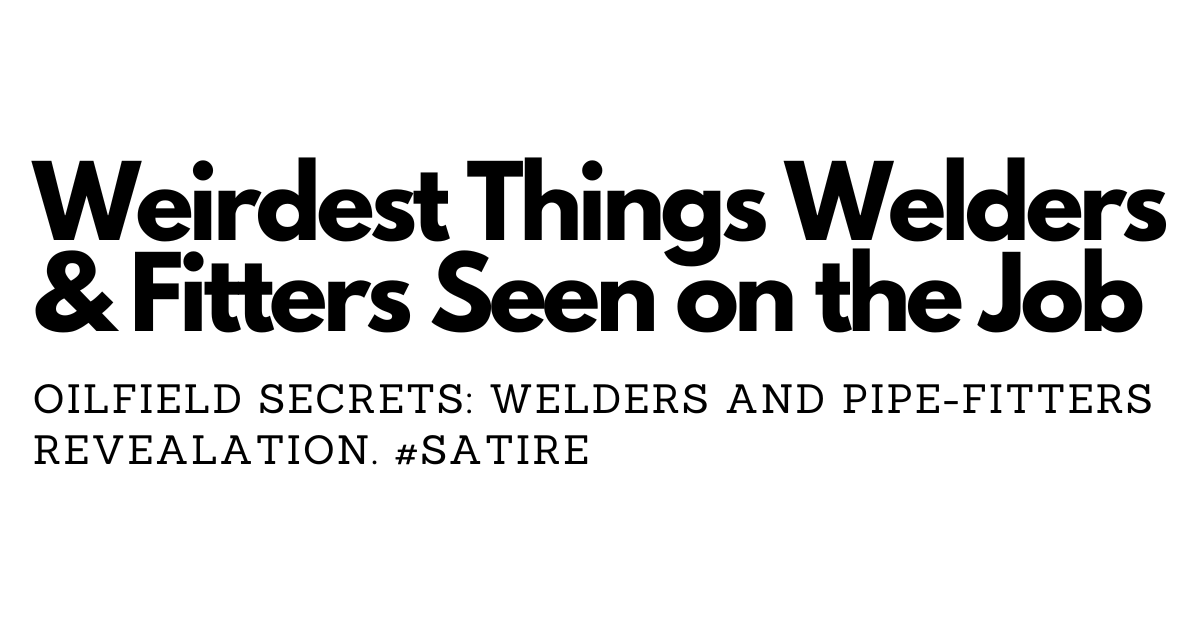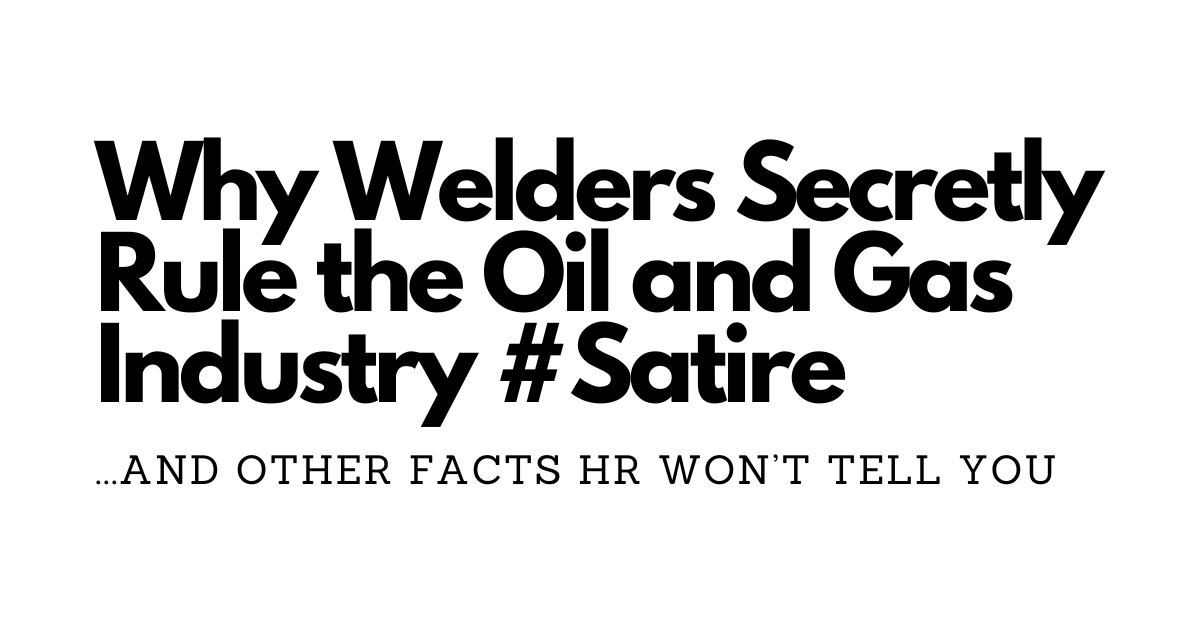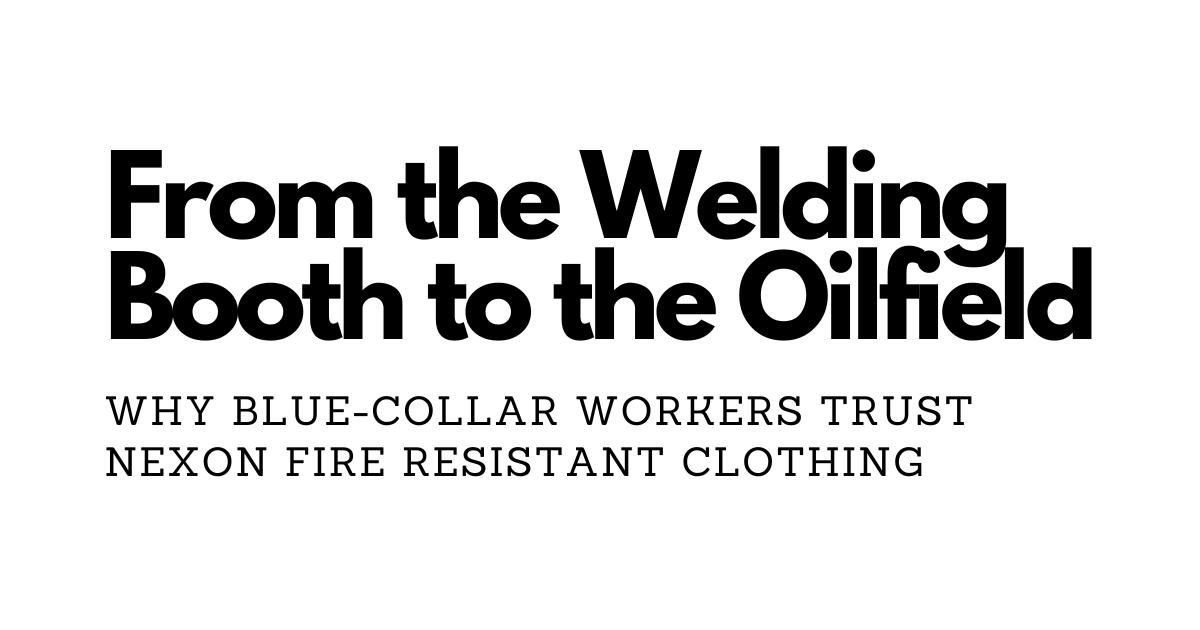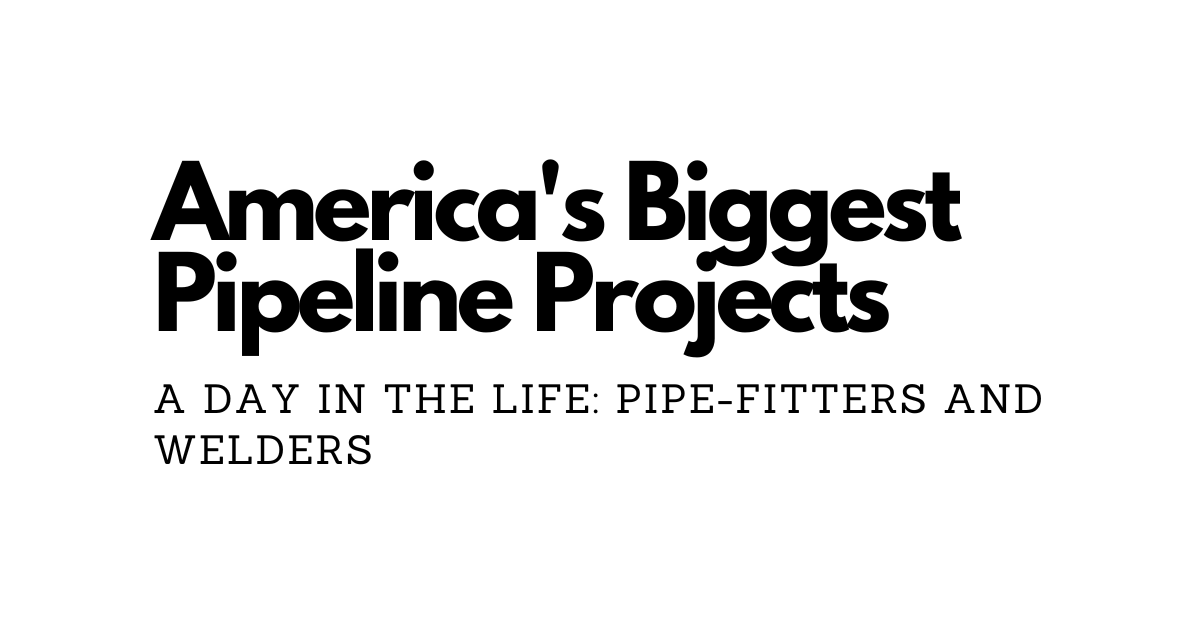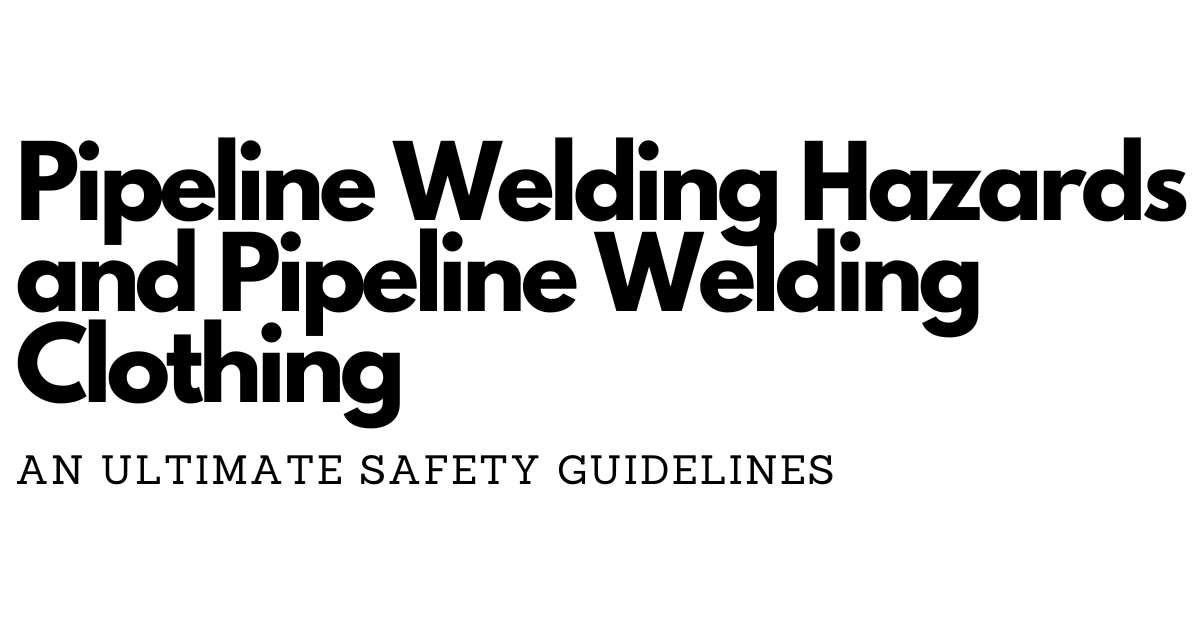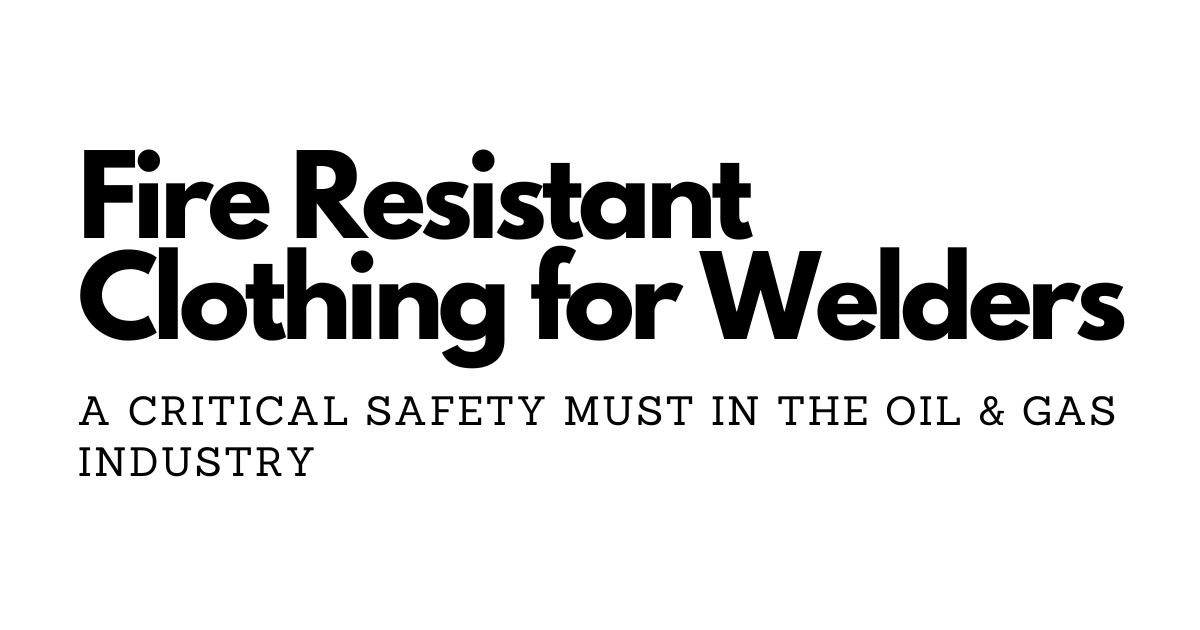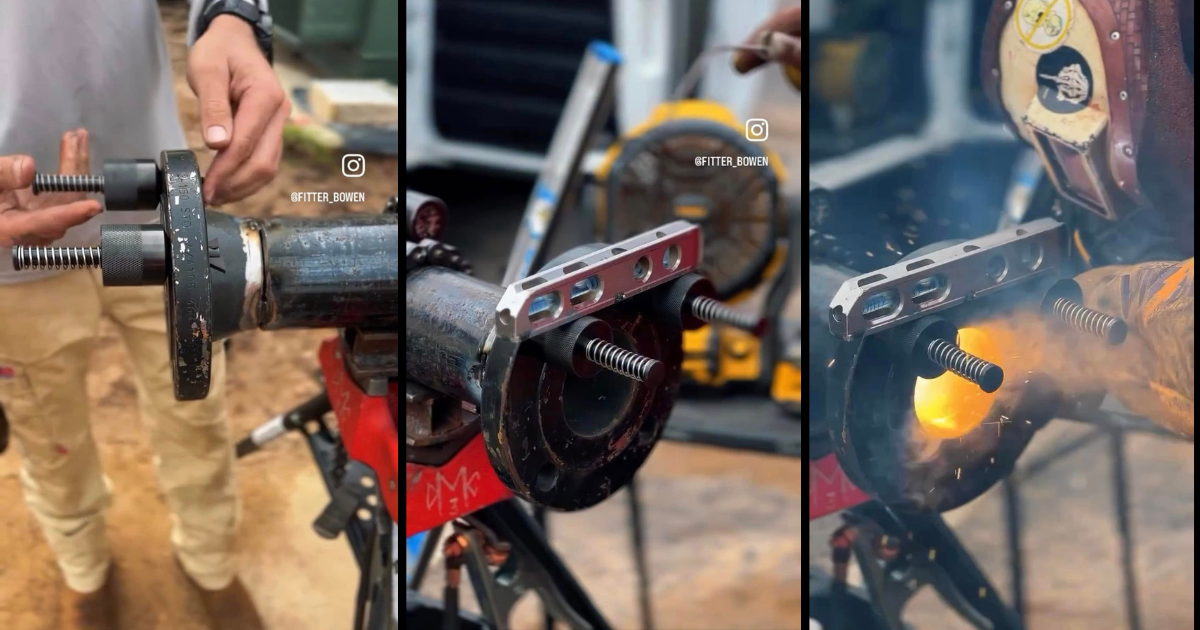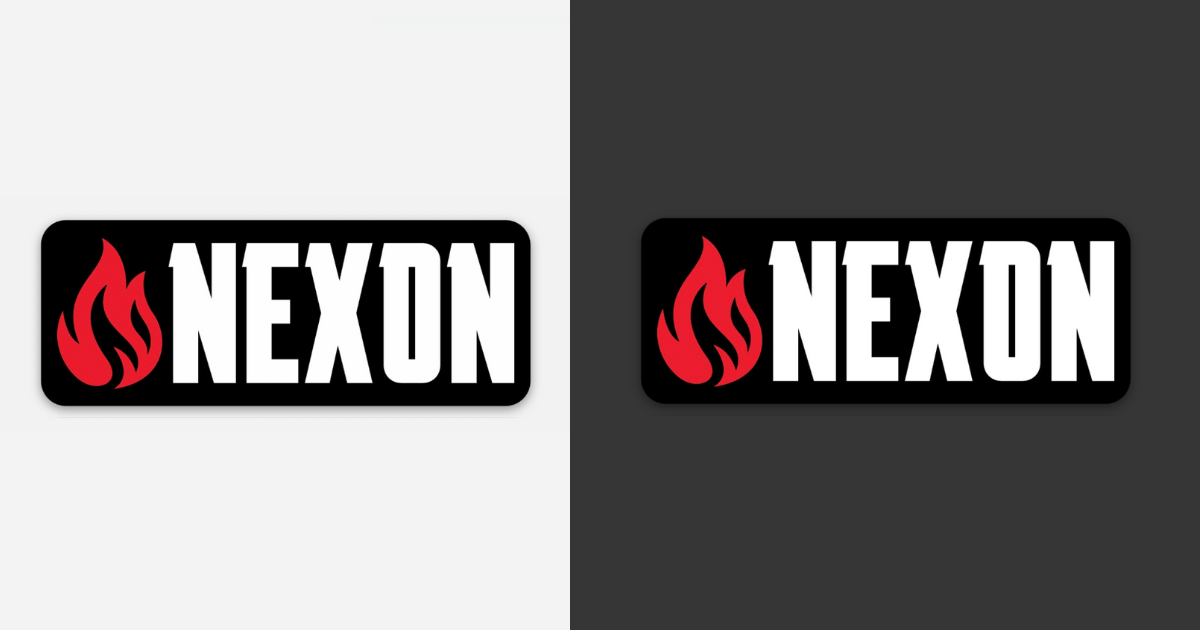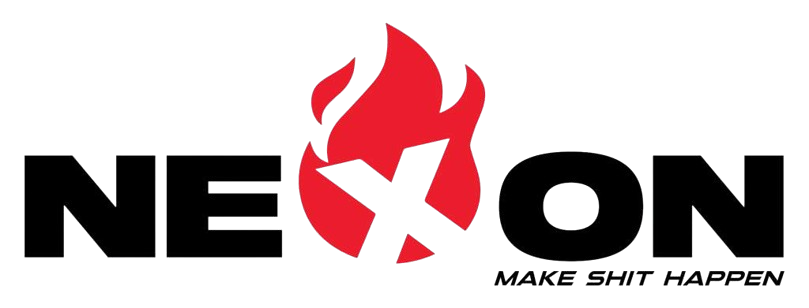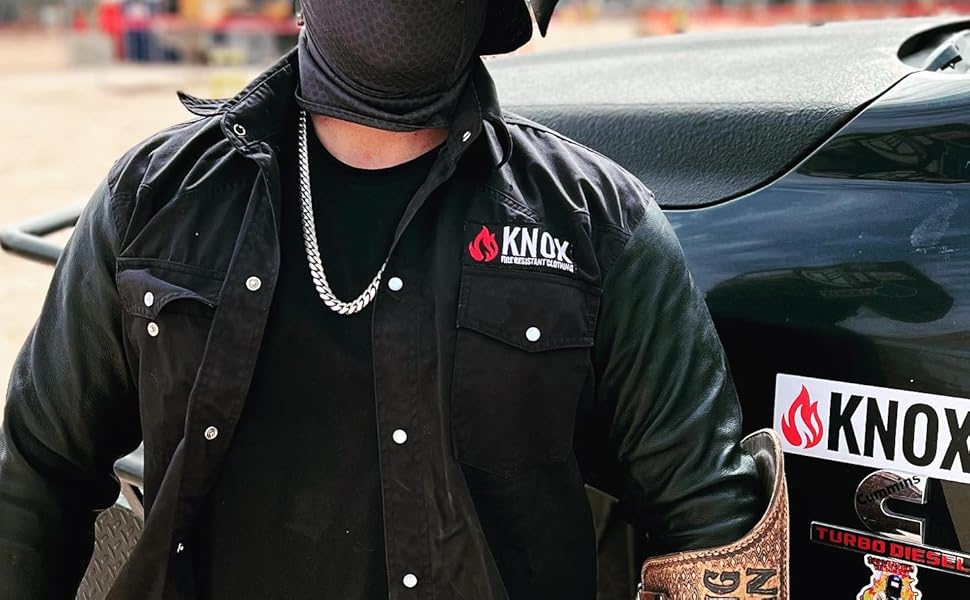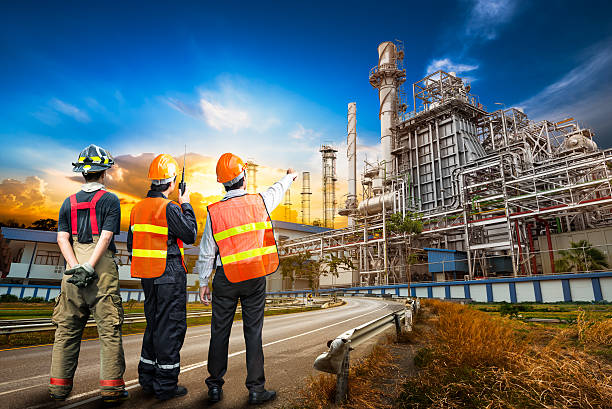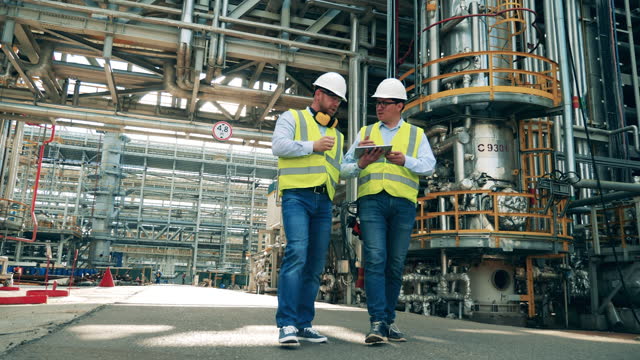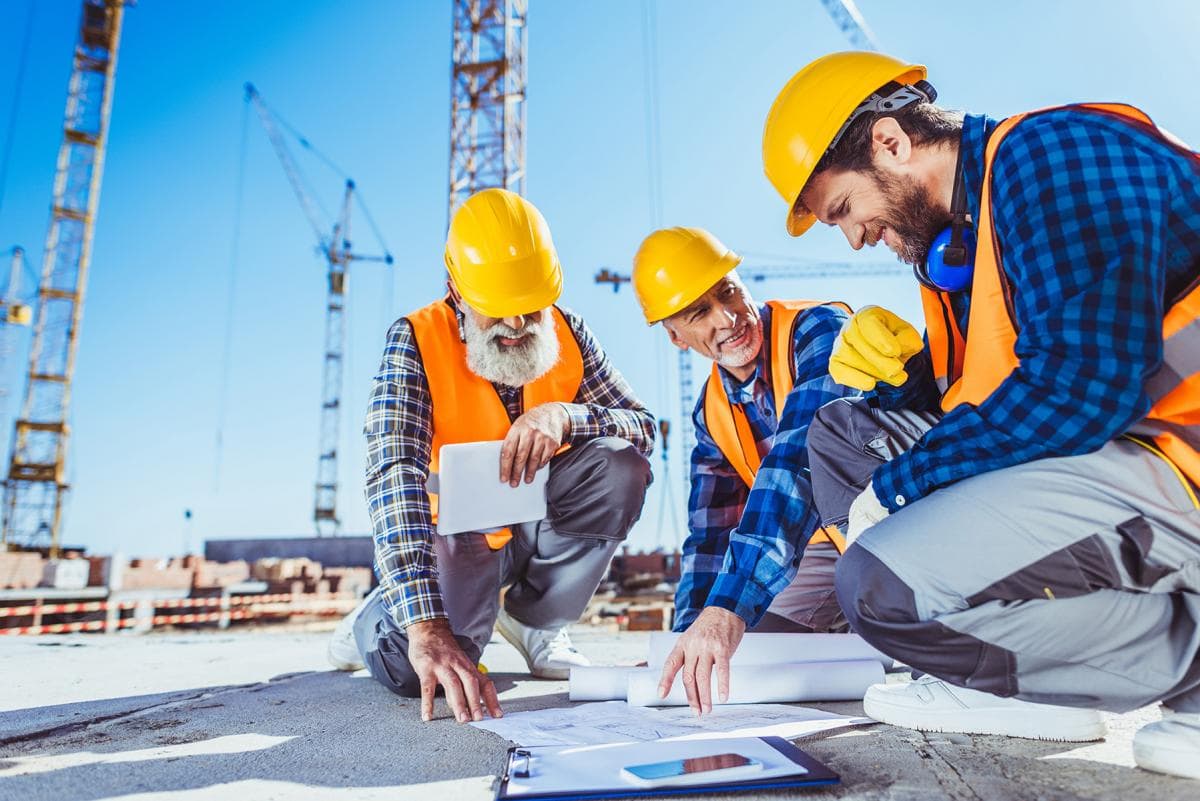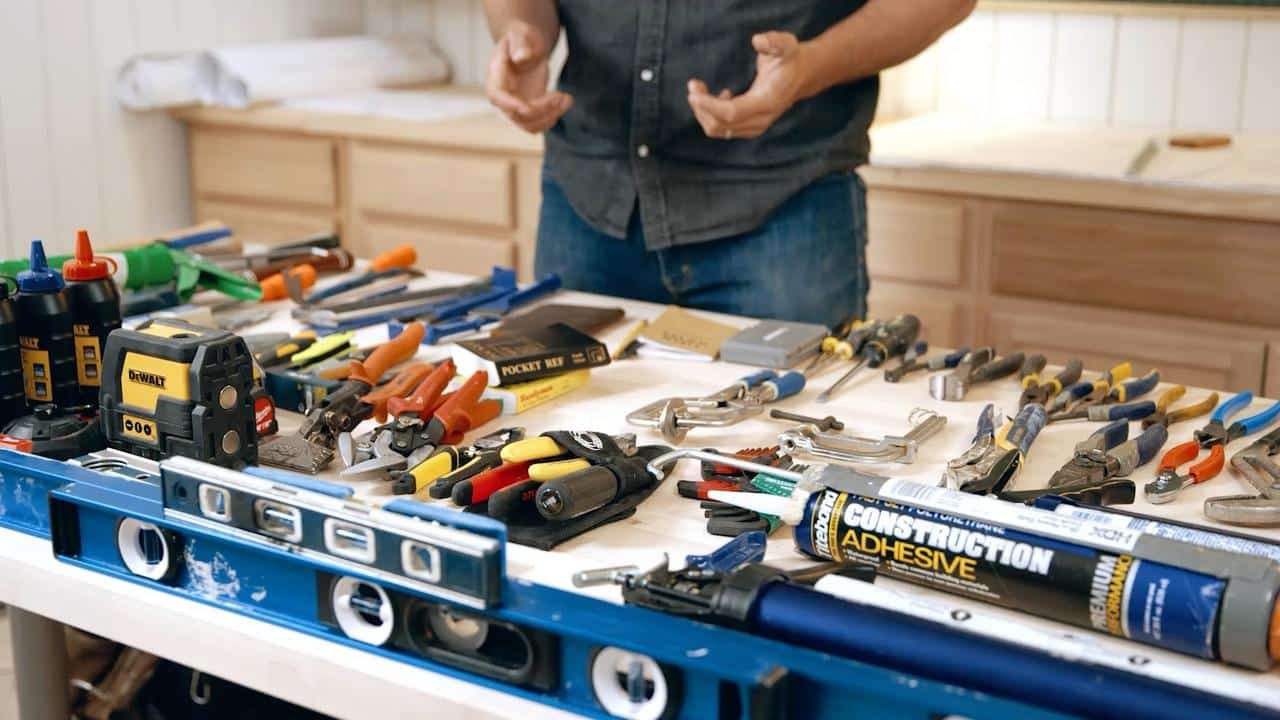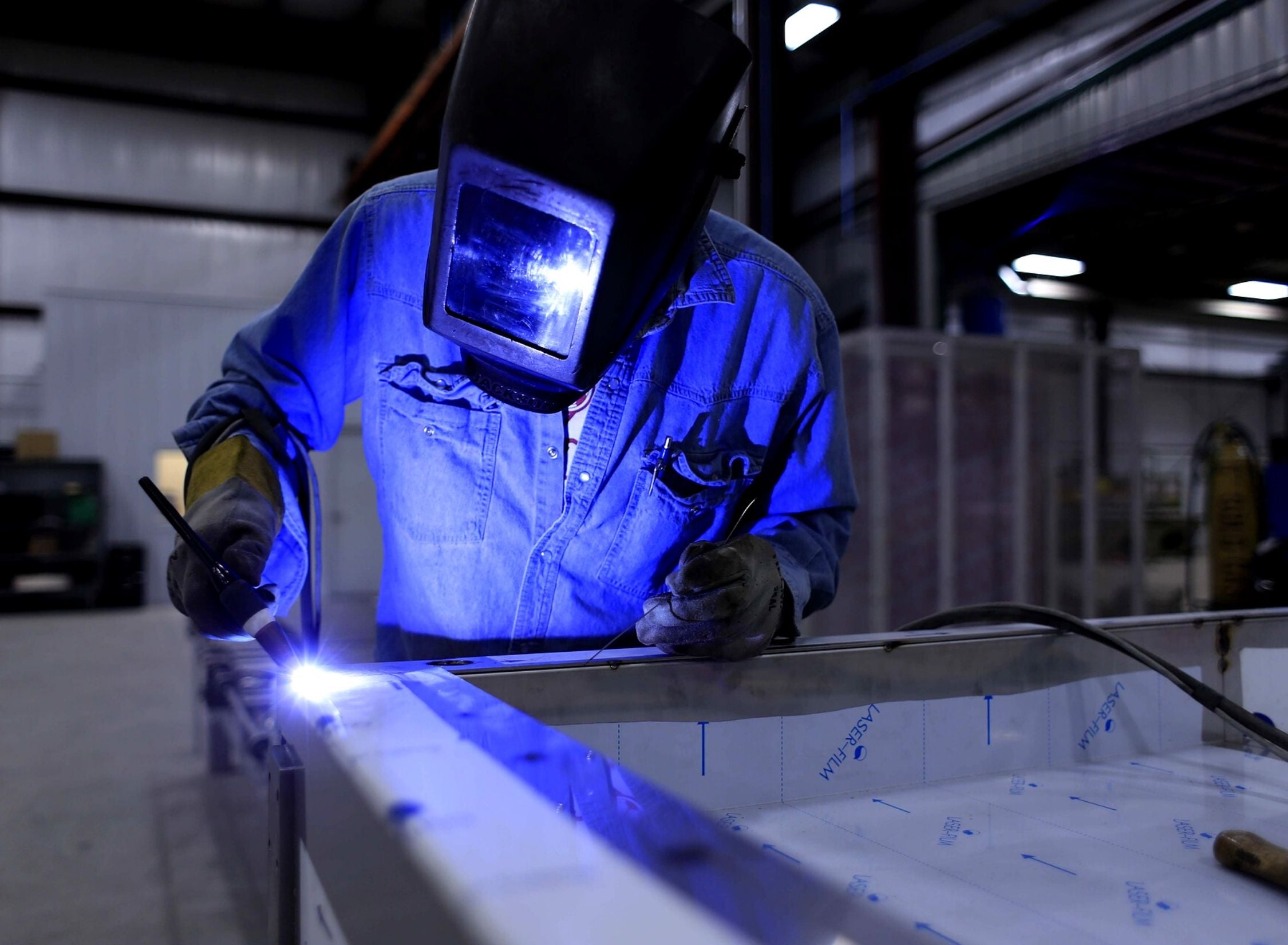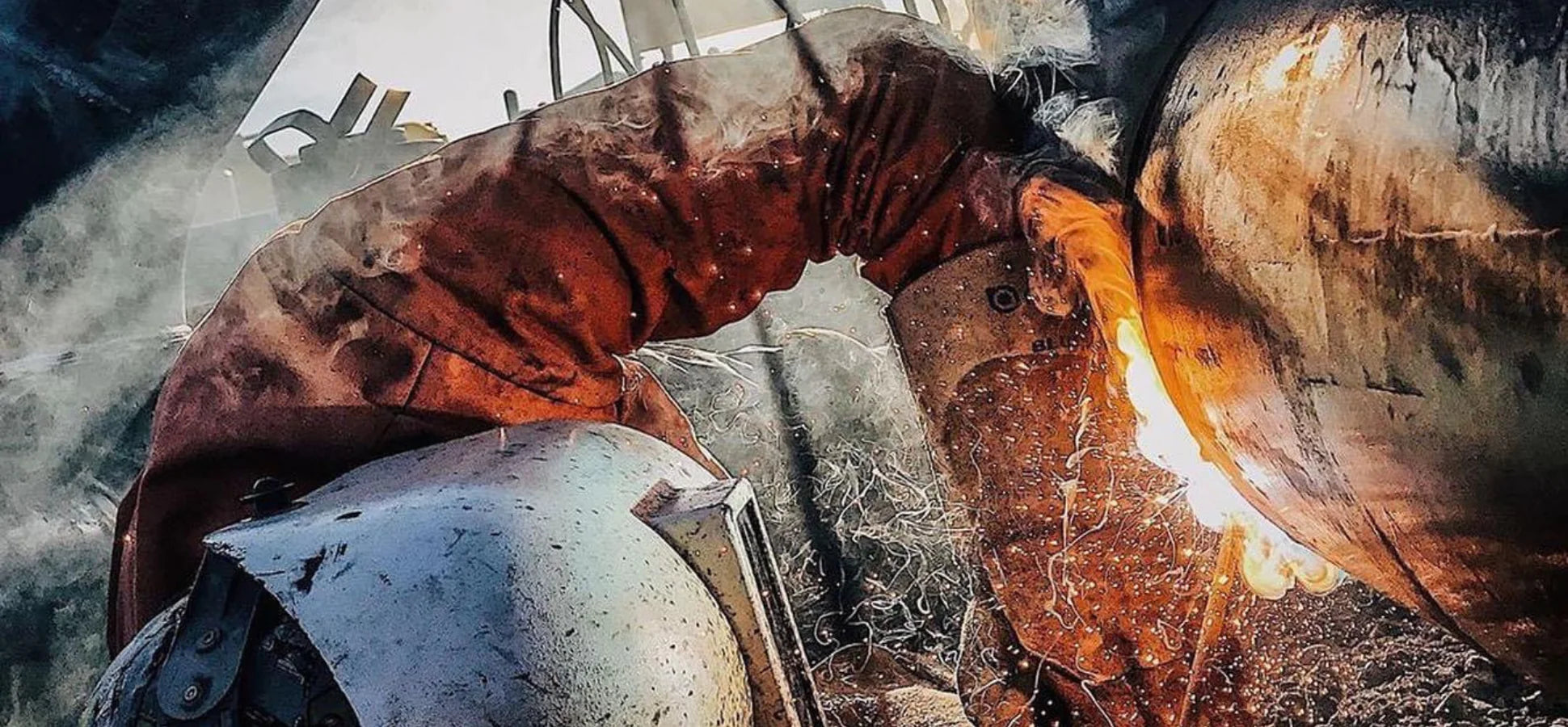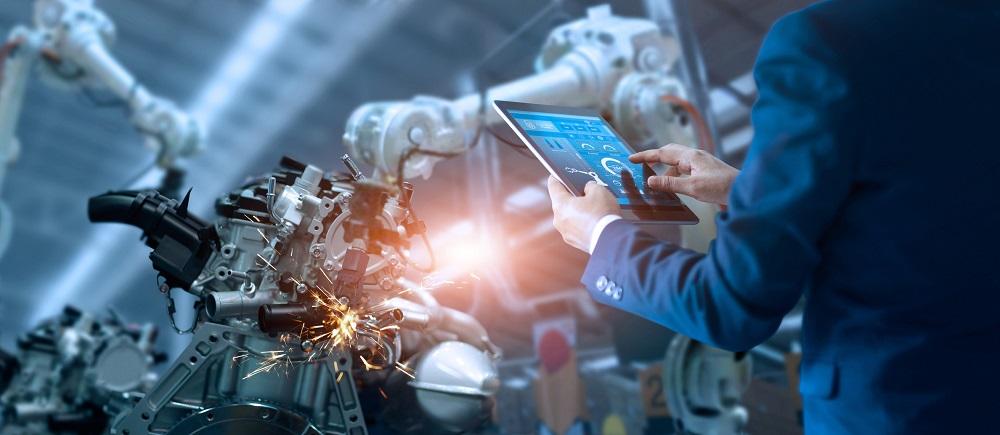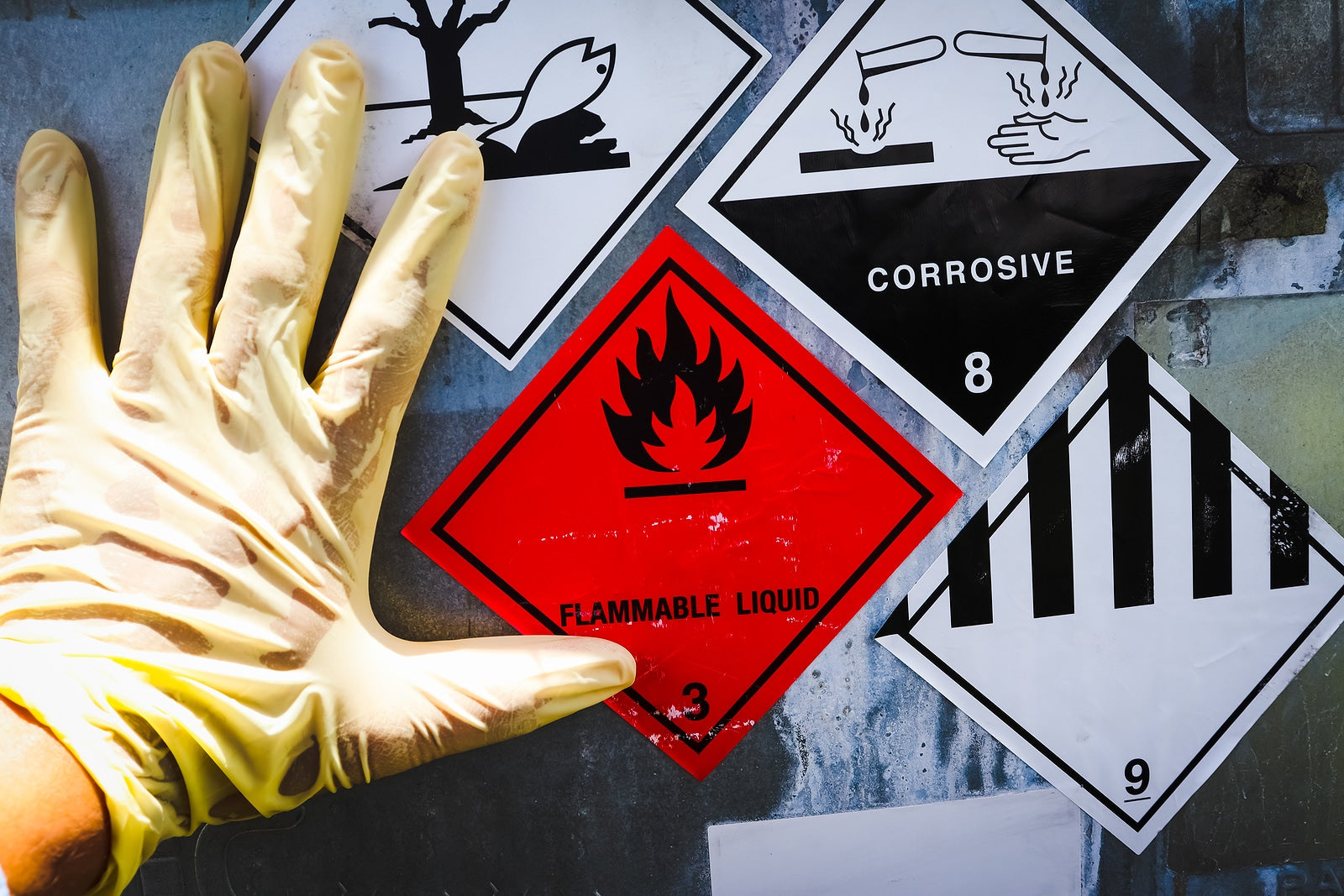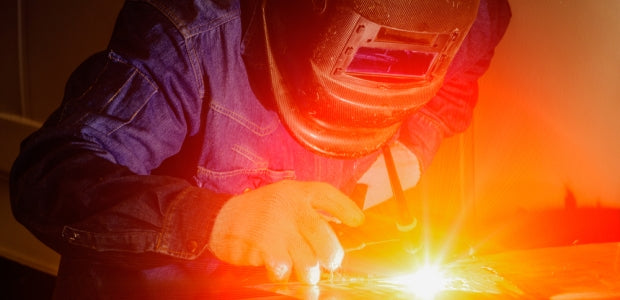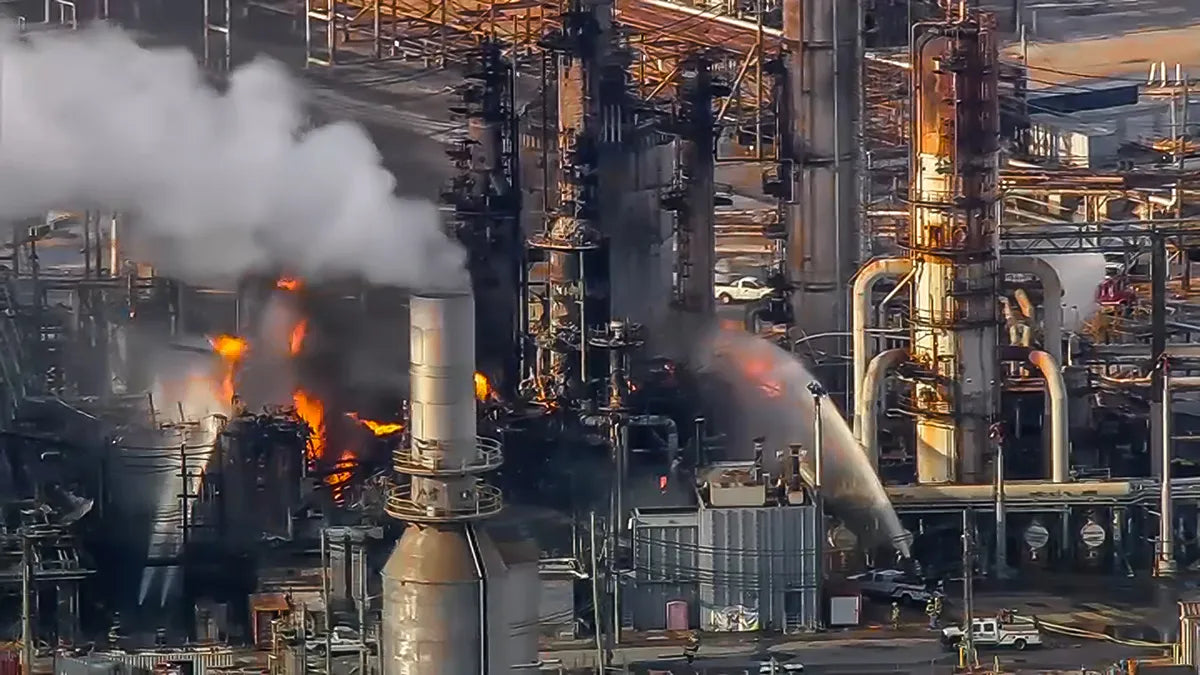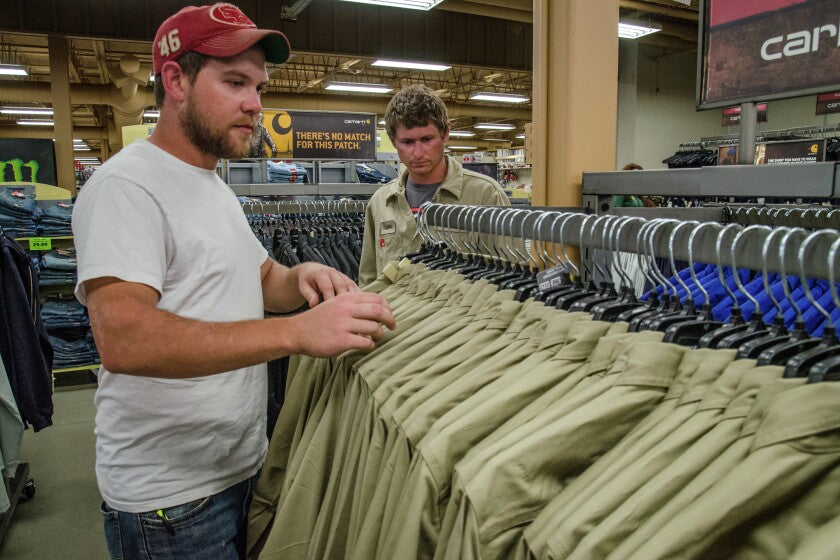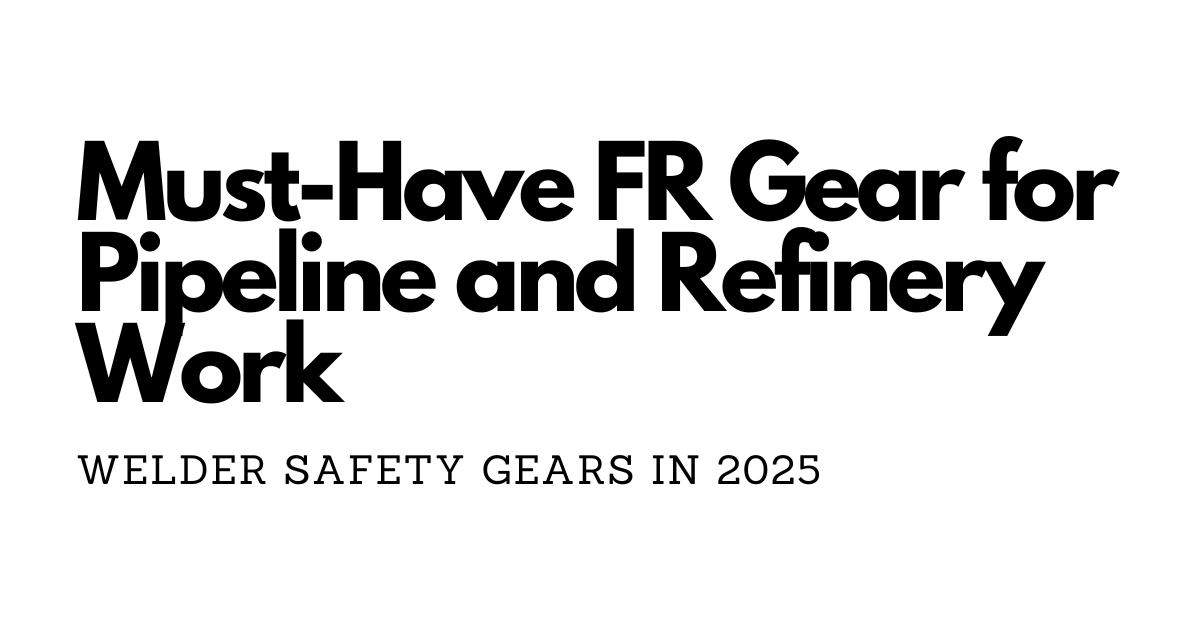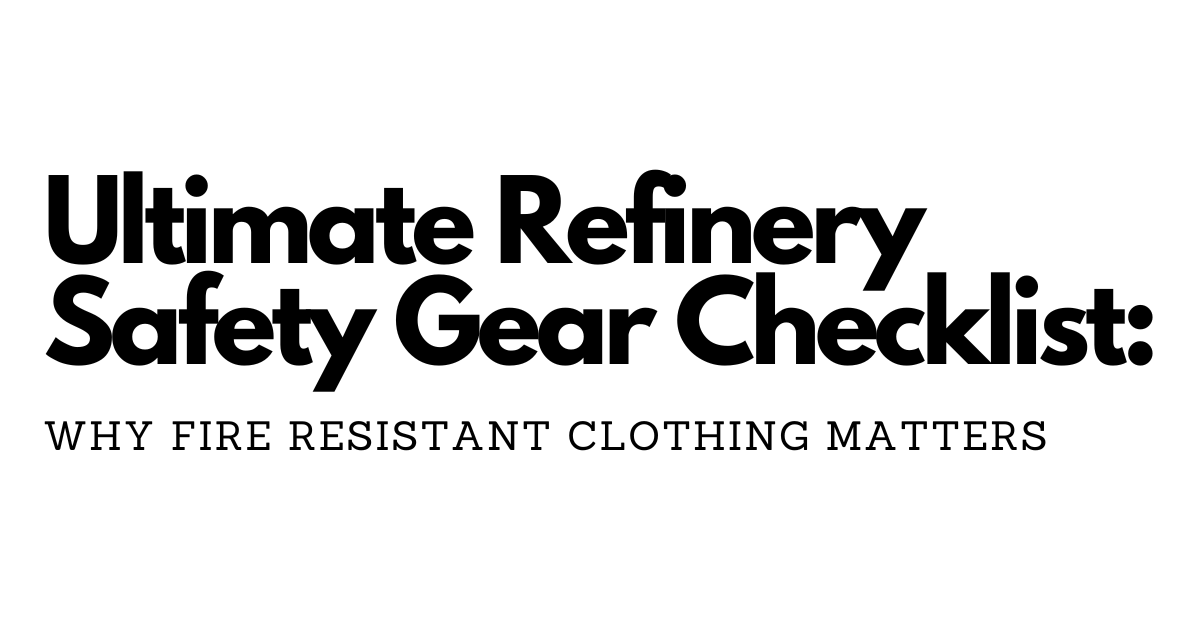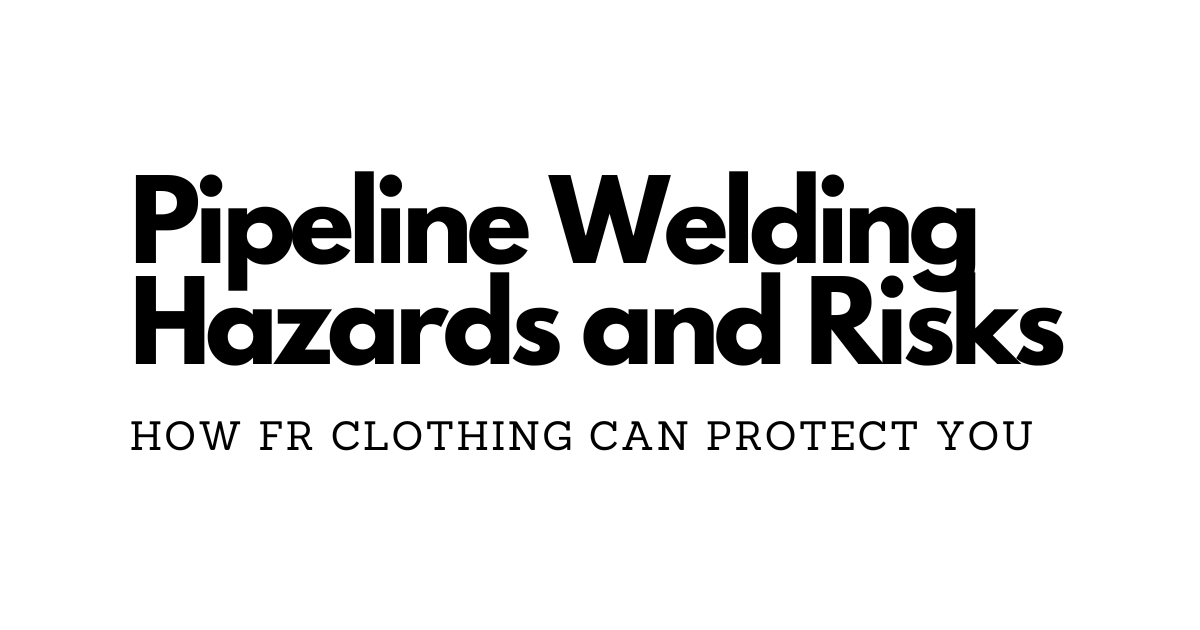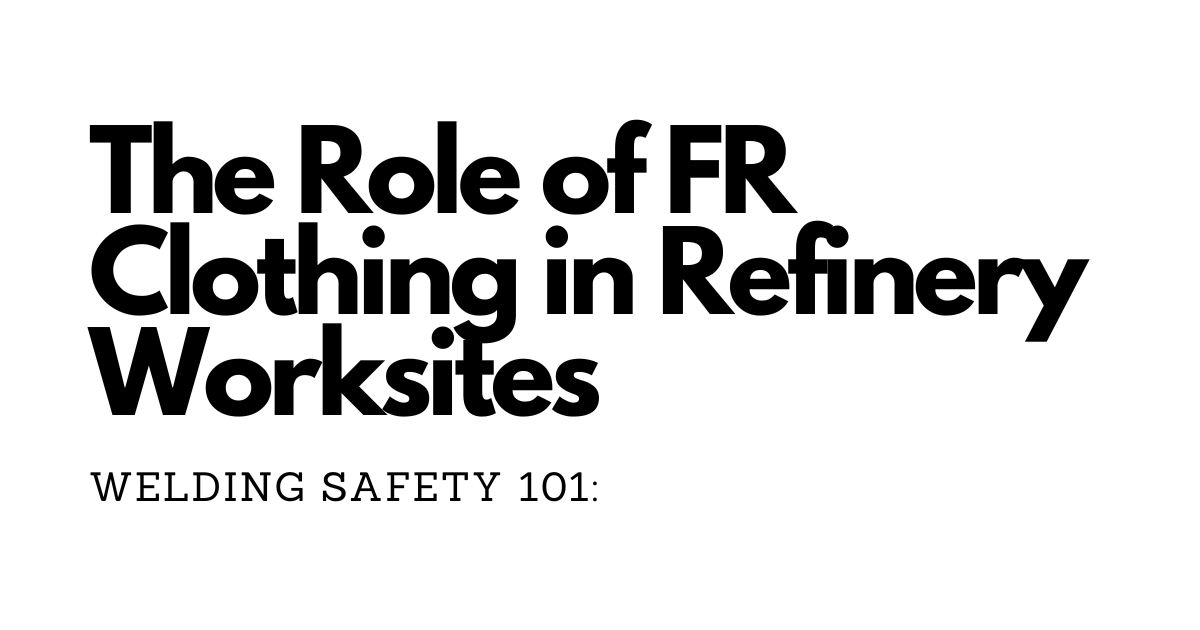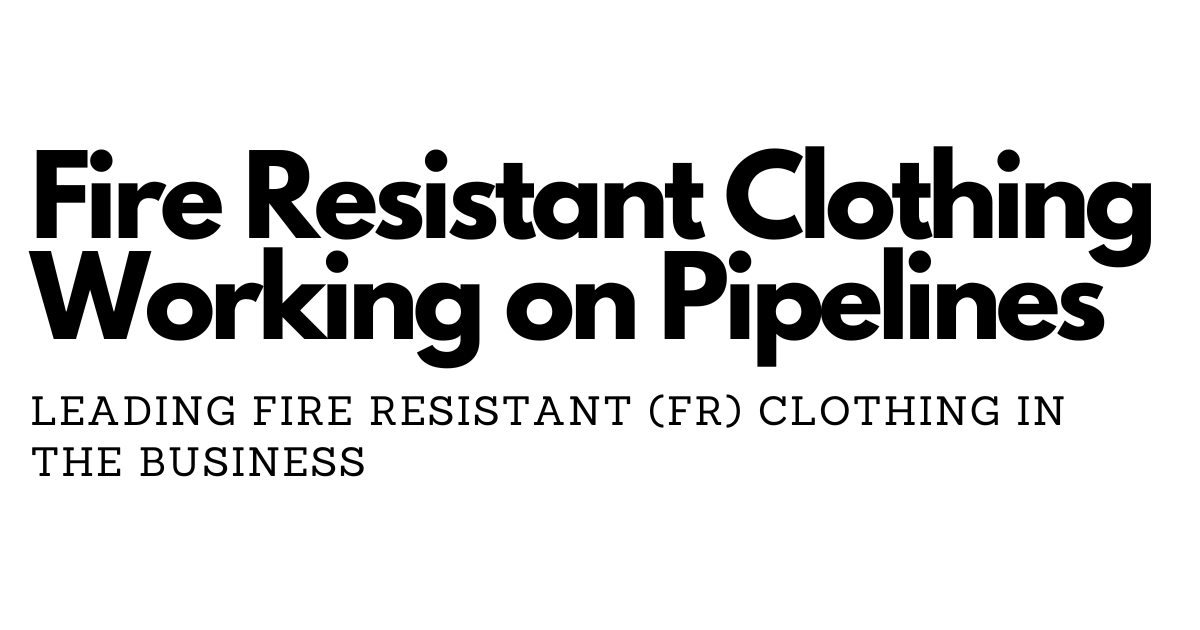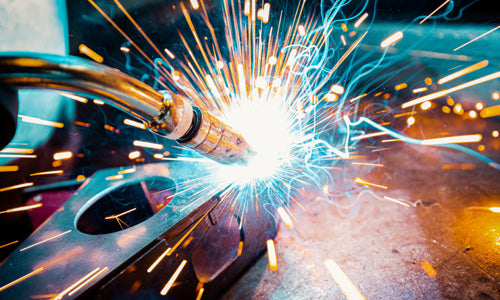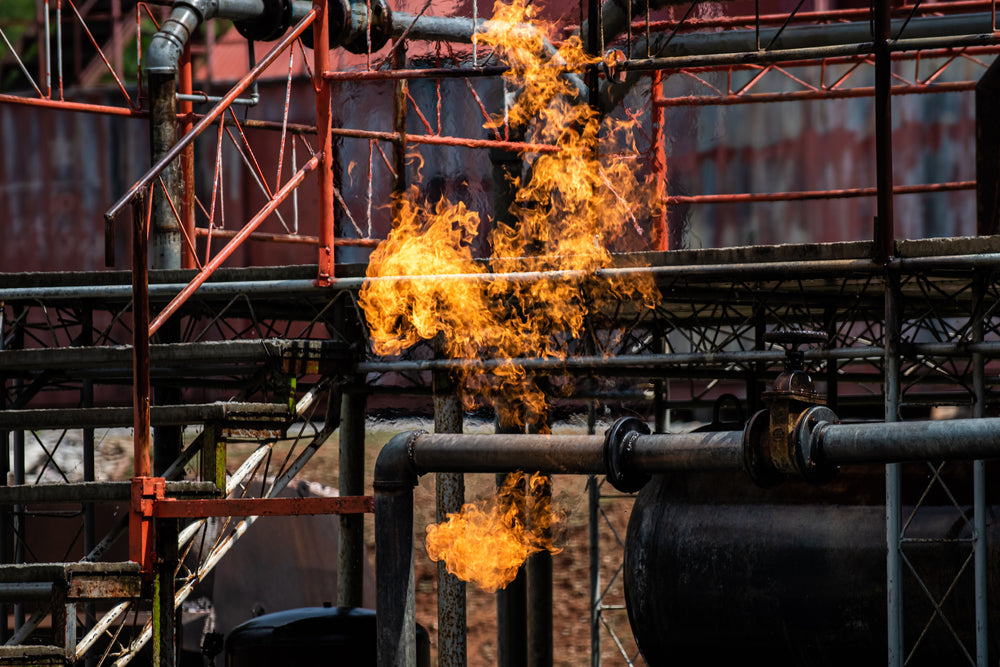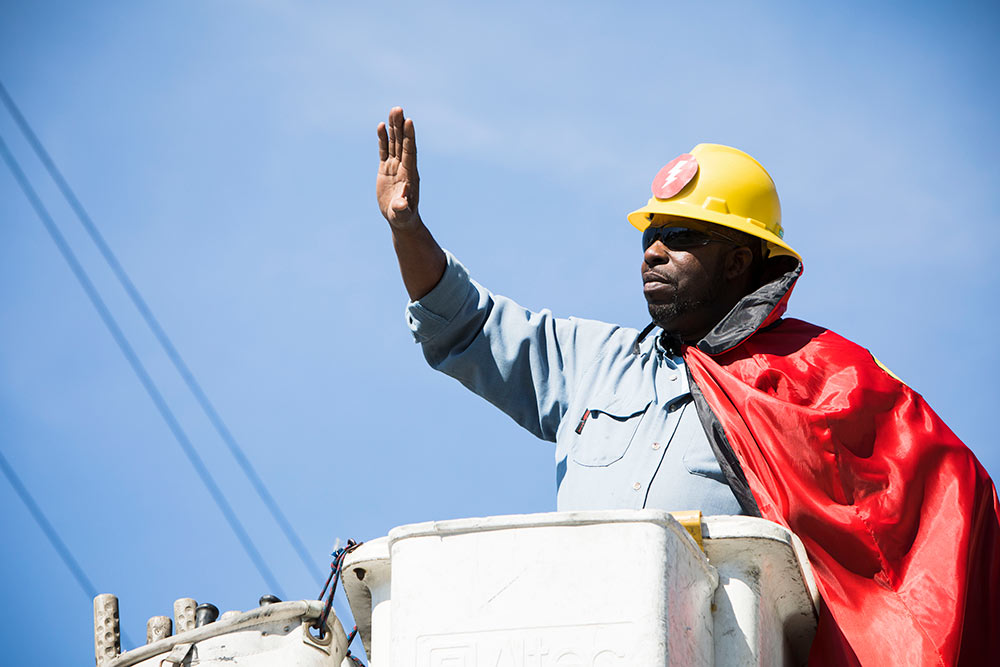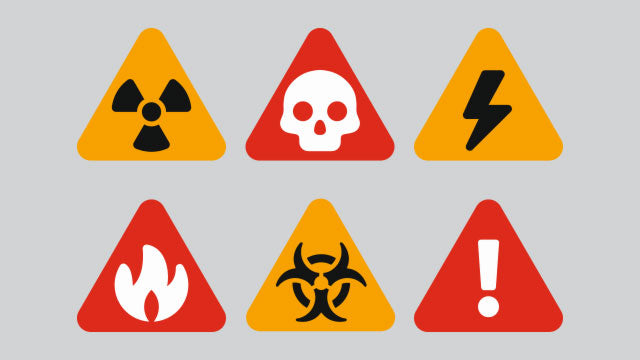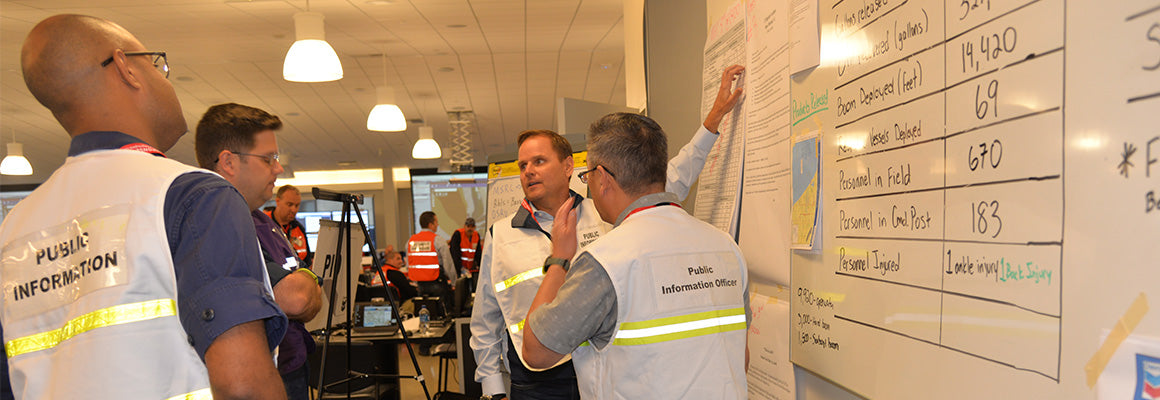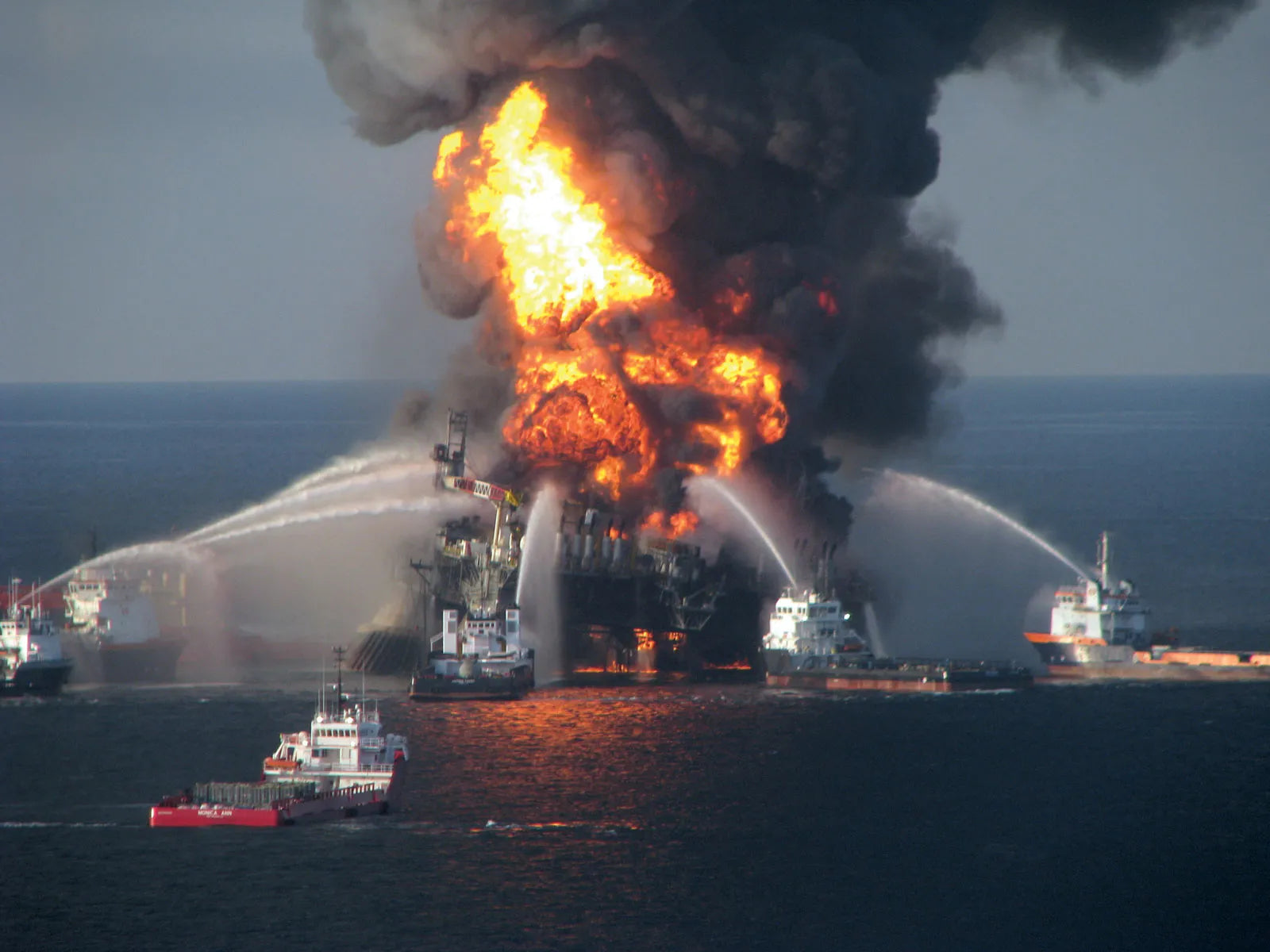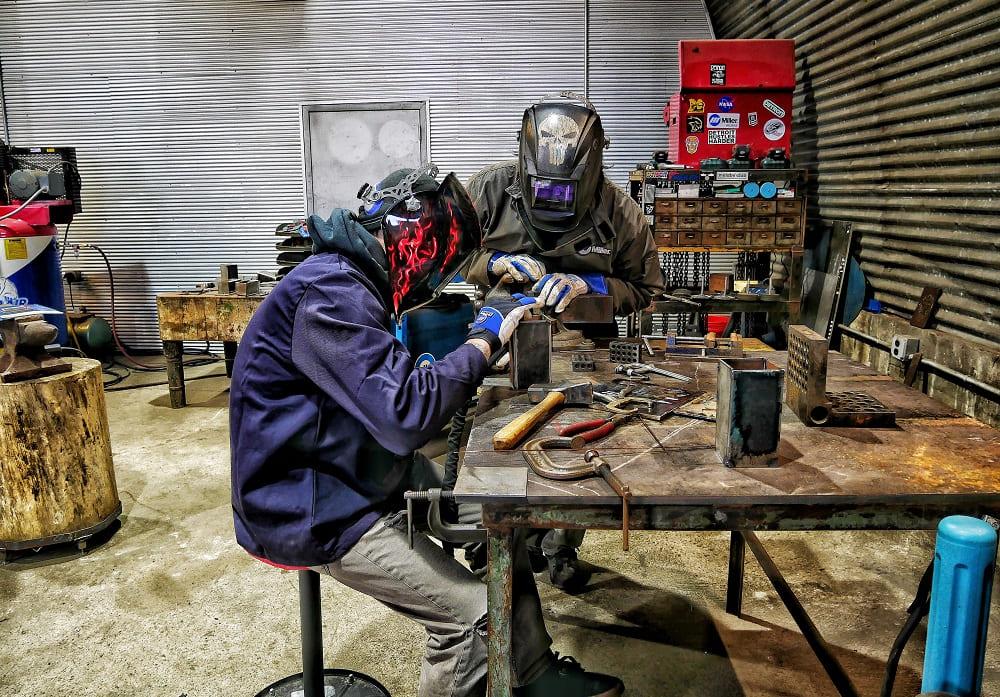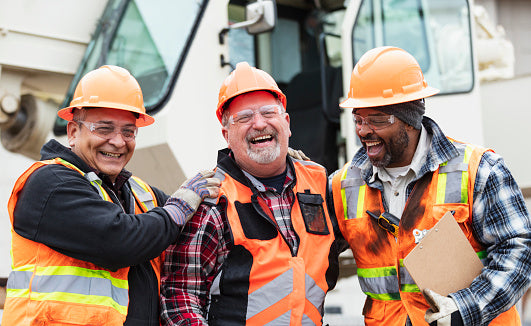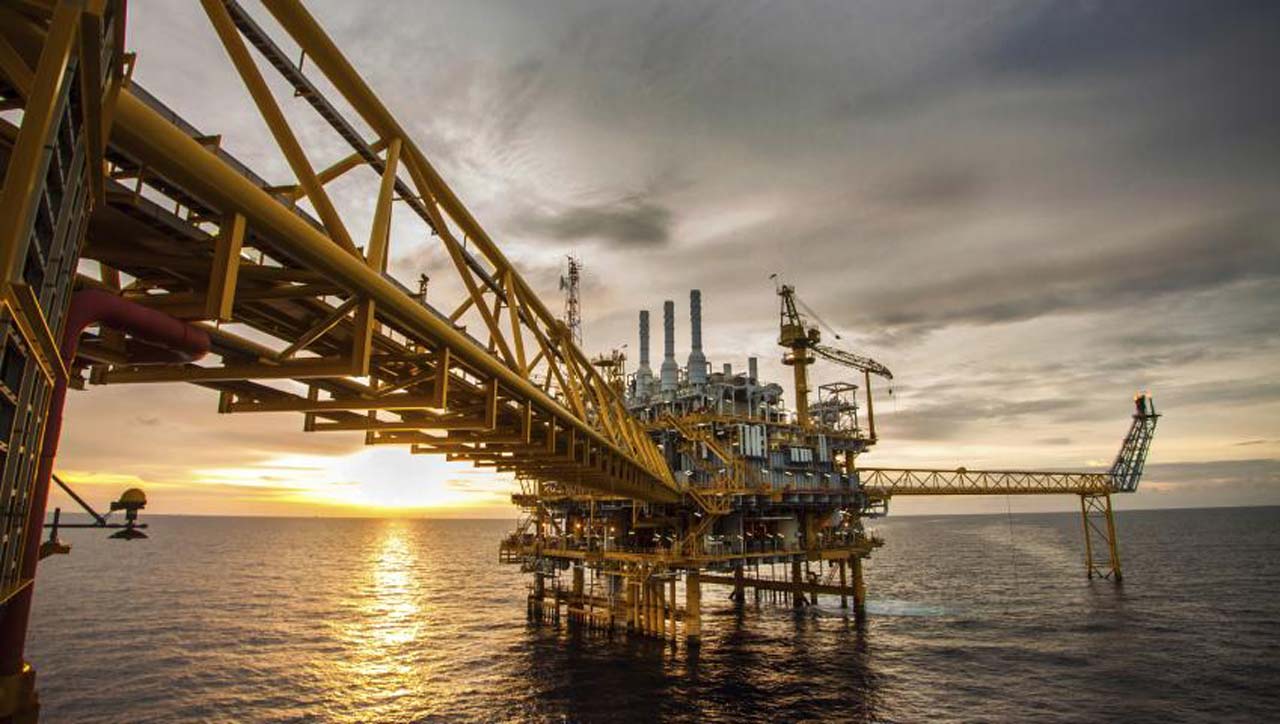
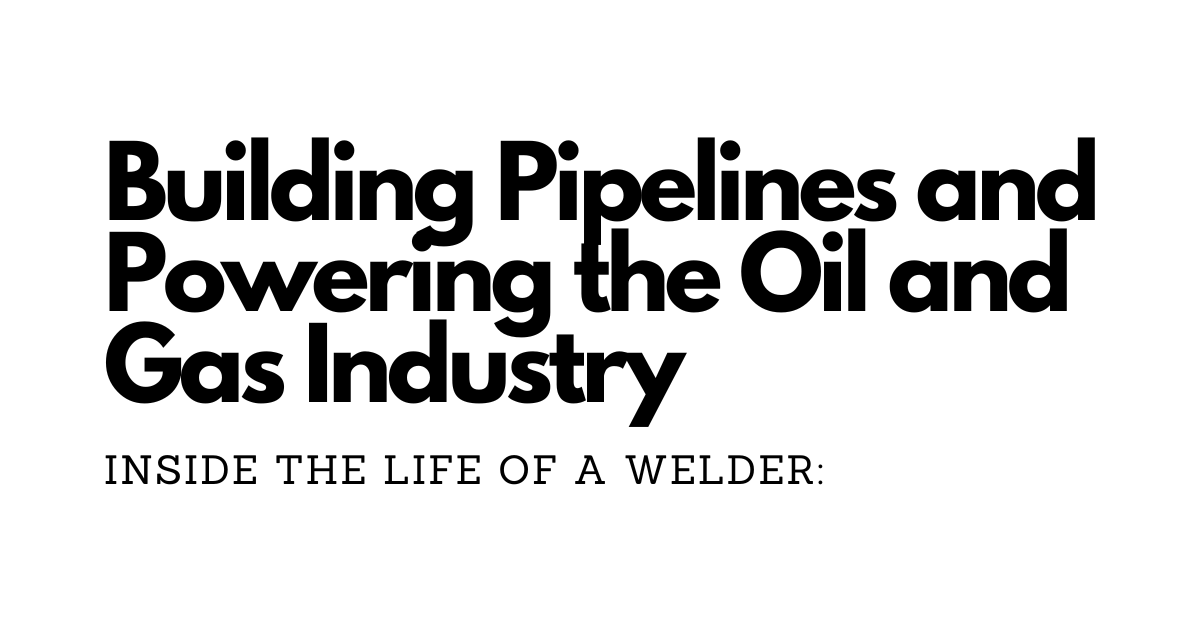
In the sprawling landscapes of oilfields and along the intricate arteries of pipelines, welders serve as the invisible architects of the modern energy world. Their craftsmanship, precision, and endurance are foundational to the oil and gas industry's success. This article takes you inside the demanding yet rewarding life of a welder, offering a detailed exploration of their role in building the infrastructure that fuels global economies.
The Role of Welders in the Oil and Gas Industry: Welders in the oil and gas sector are responsible for joining metal components, often in extreme and hazardous conditions. Their work ensures the structural integrity of pipelines, refineries, and rigs, making them essential to safe and efficient energy production. Beyond mere technical skill, welders bring a deep understanding of materials science, thermodynamics, and safety protocols.
Key Responsibilities Include:
-
Reading and interpreting blueprints and technical drawings
-
Operating welding equipment such as arc welders, MIG welders, and TIG welders
-
Inspecting and maintaining welding equipment
-
Ensuring compliance with industry safety and environmental standards
A Day in the Life: From Sunup to Sundown: A welder's day often begins before sunrise. In remote locations, they may travel long distances to pipeline sites or refineries. Upon arrival, they attend safety briefings, inspect their tools, and review the day's work orders.
Tasks vary widely but commonly include setting up welding rigs, cutting and fitting pipes, and executing precise welds. Environmental factors such as high heat, freezing temperatures, and wind are constant challenges. Welders must maintain focus and precision despite physical discomfort and potential fatigue.
Typical Daily Timeline:
| Time | Activity |
|---|---|
| 5:00 AM | Travel to job site |
| 6:00 AM | Safety briefing and equipment check |
| 7:00 AM | Welding operations begin |
| 12:00 PM | Lunch break |
| 1:00 PM | Continue welding and inspections |
| 6:00 PM | End of shift, tool maintenance |
Skills and Certifications: The Foundation of a Welding Career: Welders in the oil and gas industry require specialized training and certifications. Most employers expect qualifications such as:
-
AWS Certified Welder (CW)
-
API 1104 Pipeline Welding Certification
-
OSHA Safety Certification
Additionally, many welders pursue non-destructive testing (NDT) certifications to enhance their ability to detect flaws in welds without damaging the material.
Important Skills:
-
Technical proficiency with various welding methods
-
Strong spatial awareness
-
Problem-solving under pressure
-
Rigorous adherence to safety practices
The Risks and Rewards: The life of a welder is not without significant risks. Exposure to toxic fumes, the danger of fires or explosions, and physical strain are daily realities. However, the rewards can be substantial. Welders often command high salaries, especially when working on offshore rigs or in remote pipeline installations. Moreover, the sense of accomplishment that comes with building essential infrastructure offers intangible but profound satisfaction.

Future Outlook: A Growing Demand: As the global demand for energy continues to grow, the oil and gas industry remains heavily reliant on skilled blue-collar workers, particularly welders. According to industry forecasts, pipeline expansion projects and refinery upgrades will drive a steady demand for highly trained welding professionals over the next decade.

Conclusion: Building the Future, One Weld at a Time: Welders are much more than laborers; they are the backbone of the oil and gas infrastructure. Their dedication, skill, and resilience ensure that the world's energy needs are met safely and efficiently. As we look to the future, the welder's role will remain indispensable in building, maintaining, and innovating the energy networks that power our lives.
